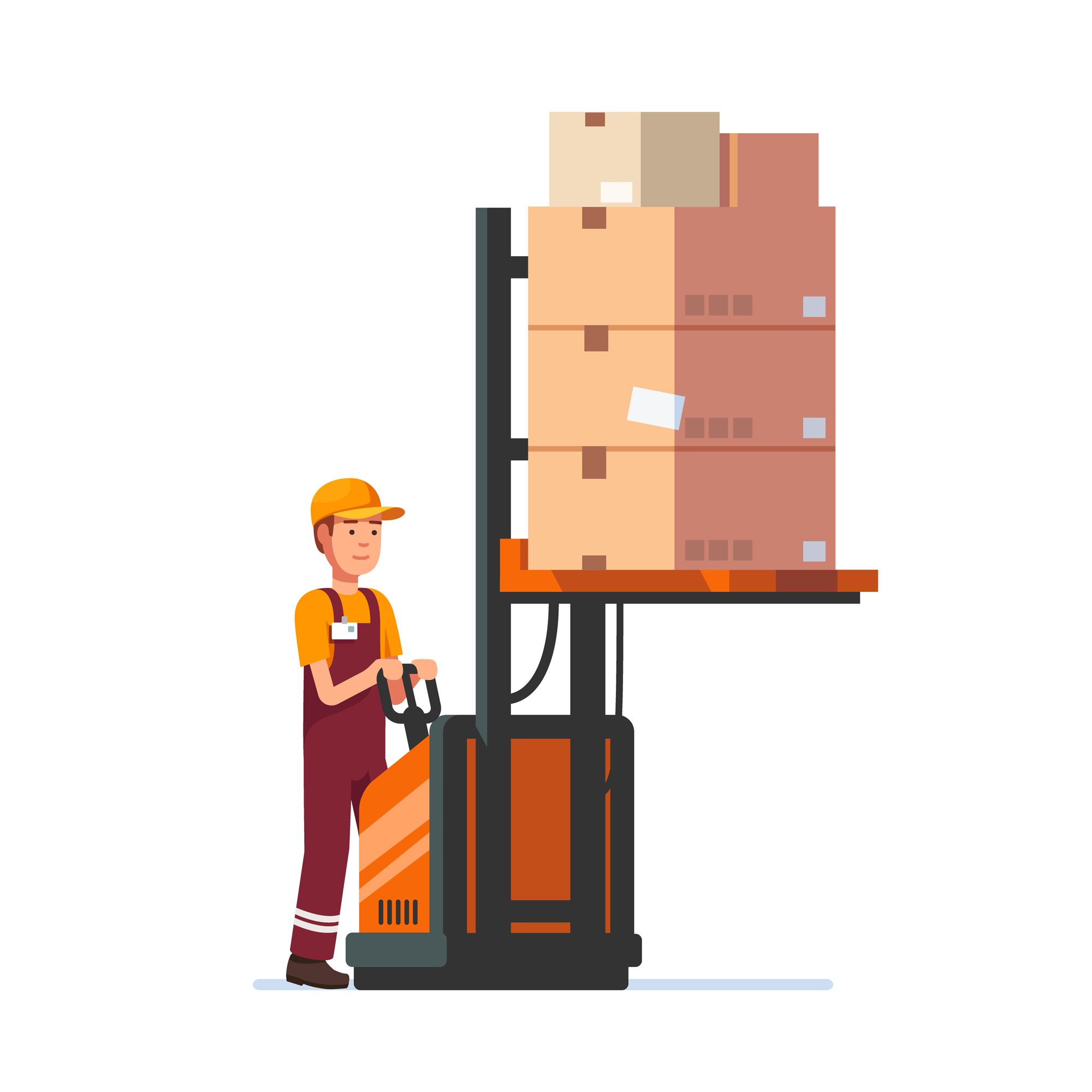In the dynamic landscape of material handling, semi-electric stackers have emerged as versatile and efficient tools, bridging the gap between manual and fully electric stackers. These innovative machines combine the ease of manual operation with the power of electric assistance, offering businesses a cost-effective solution that enhances productivity and streamlines various material handling tasks.
Hybrid Power for Precision:
At the heart of semi-electric stackers is their hybrid power system, blending manual control with electric assistance. Unlike fully manual stackers that rely solely on physical effort, semi electric pallet stackers feature an electric motor for lifting and lowering loads. The manual propulsion, on the other hand, allows operators to easily maneuver the stacker in tight spaces and navigate through challenging environments.
This hybrid design strikes a balance, providing operators with the convenience of electric lifting while retaining the flexibility of manual operation. The electric component significantly reduces the physical strain on operators during lifting, allowing for more controlled and precise positioning of loads.
Versatility in Action:
Semi-electric stackers showcase versatility across a spectrum of industries and applications. Whether in warehouses, distribution centers, or manufacturing facilities, these stackers prove their worth in various material handling tasks. From loading and unloading goods to stacking pallets and transporting materials within a facility, the adaptability of semi electric pallet stackers makes them a valuable asset for businesses with diverse operational needs.
Their ability to operate in both manual and electric modes means that operators can seamlessly switch between the two based on the task at hand. This flexibility enhances the stacker’s usability in dynamic work environments where different types of tasks require different levels of precision and control.
Efficiency Meets Affordability:
One of the key advantages of these stackers is their cost-effectiveness. While fully electric stackers may come with a higher initial investment, semi-electric models provide a more budget-friendly alternative without compromising on efficiency. The electric assistance in lifting reduces the physical strain on operators, leading to improved productivity and a more comfortable work environment.
The cost-effectiveness of these stackers extends to their maintenance requirements. With fewer electric components compared to fully electric models, semi-electric stackers often have lower maintenance costs, making them an attractive option for businesses looking to optimize their material handling operations without breaking the bank.
Precision in Positioning:
The electric lifting mechanism in semi-electric pallet stackers contributes to precise load positioning, a crucial factor in material handling operations. Operators can lift and lower loads with accuracy, ensuring that goods are stacked or moved exactly where they need to be. This precision is especially beneficial in environments where space optimization is critical, such as warehouses with high-density storage or narrow aisles.
The ability to fine-tune the position of loads not only improves operational efficiency but also minimizes the risk of damage to goods. This is particularly important when handling delicate or fragile items, as well as when stacking goods to maximize storage capacity.
Enhanced Operator Comfort:
Semi electric pallet stackers prioritize operator comfort by reducing the physical strain associated with manual lifting. The electric assistance in lifting heavy loads minimizes the effort required from operators, promoting a more ergonomic and less fatiguing work environment. This, in turn, contributes to increased productivity and reduces the risk of workplace injuries associated with manual lifting.
Moreover, the ease of operation and user-friendly controls enhance the overall operator experience. Quick and intuitive controls allow operators to focus on the task at hand, improving overall efficiency and task completion times.
Environmental Considerations:
In an era of heightened environmental awareness, the hybrid nature of semi-electric stackers aligns with sustainability goals. While fully electric stackers are known for their minimal environmental impact, semi-electric models still contribute to a reduction in carbon emissions compared to traditional combustion engine counterparts. This makes them a suitable choice for businesses seeking to balance operational efficiency with environmental responsibility.
Conclusion:
Semi-electric stackers represent a smart and versatile solution in the evolving landscape of material handling. Their hybrid design, combining manual flexibility with electric lifting assistance, strikes a harmonious balance that meets the needs of businesses looking for cost-effective efficiency. As industries continue to prioritize both productivity and sustainability, these stacker stands out as a reliable and adaptable tool, empowering operators and businesses to achieve new levels of precision and efficiency in their material handling operations.









